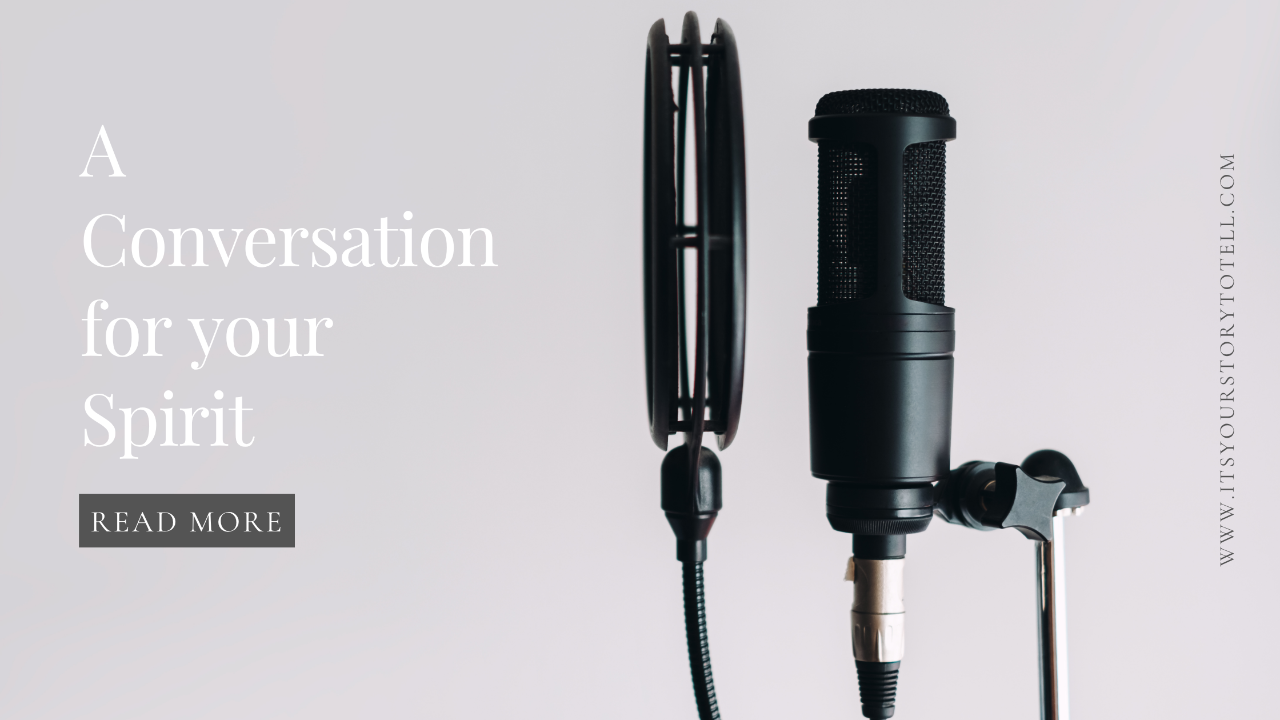Embracing and Healing Your Inner Narrative
Sep 04, 2023
Domestic violence leaves deep scars that often extend beyond the physical world. I call them invisible bruises. The ones we carry with us the longest, the ones that no one can see. One of the most challenging aspects of healing from these invisible bruises is dealing with the negative internal narrative they leave in their wake. These voices can be overwhelming, dictating our self-worth and influencing our decisions. However, we have the power to transform our internal narratives and heal our invisible bruises. In this blog post, we'll explore the journey of embracing and healing your negative internal narrative and the invisible bruises left behind from domestic violence.

I don’t know about you but my experience with domestic violence caused me to develop a pretty negative internal narrative. The thoughts that make up the narrative in my head, they’re like Regina George mixed with the outrage of Incredible Hulk. They talk to me, about me, and about all the ways that I fall short.
Not that long ago they completely ruled me. I listened and believed everything they said. Every hurtful and outright lie my thoughts spewed, I took as the gospel.
They attacked everything. My body. My parenting choices. My career. My narrative went something like, I can’t believe you thought you could even try, or tell me I was ugly when I looked into the mirror.

One day I finally gave that internal narrative a name. In my mind it was a way that those negative thoughts could have an identity other than my own.
Carlita.
Domestic violence survivors often find themselves caught in a relentless cycle of self-doubt and self-criticism. The negative thoughts and judgments, represented by my negative internal narrative "Carlita," became a constant companion, echoing hurtful messages about my appearance, abilities, and choices. These thoughts helped to erode my self-esteem and hold me back from living to my fullest potential.
One powerful step towards reclaiming your own thoughts is by externalizing them through naming. Giving your internal narrative a distinct identity, like "Carlita," creates separation between your true self and the negative thoughts. This act empowers you to engage with these thoughts from a place of detachment, making it easier to challenge and transform them.
Addressing your inner narrative requires courage and intention. Whenever "Carlita" attempted to wreak havoc, I’d tell her to get lost. It worked! FOR MONTHS! I didn’t have to think about her. Every time she tried to open the door for her negativity in my mind I’d slam it shut. But no matter how much I hated the idea, Carlita was actually a part of me. By telling her to get lost, I was just shunning her, running from her. She was the me I developed during a difficult time. Carlita was actually my ego and protector.
It's important to realize that our internal narratives, even the negative ones, often have roots in our past experiences. In this case, "Carlita" was a coping mechanism developed during a difficult time of abuse. This persona served as a protector, a way to shield me from the pain I was enduring. Understanding this protective aspect of our negative thoughts is essential to approaching healing with compassion.
Carlita is the me that I developed to make it through abuse. She protected me in many ways and now it’s my responsibility to teach her she’s safe. I’m retraining her ways of thinking and now I want to teach you how to care for, and heal your own Carlita.
The transformation journey involves shifting from rejection and avoidance to understanding and healing. Rather than pushing "Carlita" away, I recognized that she was, in a way, a part of me. Healing is about nurturing and retraining this protective aspect of ourselves, so it no longer needs to rely on negativity as a defense mechanism.

Healing your internal narrative involves consciously challenging and reframing the negative beliefs that have been ingrained over time. Start by acknowledging the moments when "Carlita" emerges. Instead of shutting her out, engage in a dialogue. Ask questions like, "Why do you feel the need to protect me this way?" and "What positive ways can you help me now?" By acknowledging her role and offering new avenues for support, you can guide your inner narrative toward healthier thought patterns.
The journey from surviving to thriving after domestic violence involves not only physical and emotional healing, but also a transformation of the inner narrative and invisible bruises that emerged from the trauma. As I have discovered, naming and understanding this narrative is the first step towards taking control of your thoughts and ultimately your life. By nurturing your inner protector and teaching it new, positive ways to support you, you can rewrite the narrative that once held you back. Your experiences do not define you, but they can be a source of strength as you reclaim your identity and shape your own story of healing and resilience.
Mondays are for mindfulness. Check out this week's guided mindfulness.
Healing after domestic abuse can be a tough road, but guess what? Mindfulness is like your secret weapon in this journey, and here's why:
Ditching the Past: Mindfulness is all about living in the moment. It helps you say 'goodbye' to those painful memories and experiences that keep bugging you.
Self-Love Time: Survivors often carry loads of shame and guilt. Mindfulness is your chance to show yourself some love, like you'd do for your best buddy.
Rewrite Your Story: Remember that negative voice inside your head? Mindfulness gives you the power to hit the 'delete' button on those toxic thoughts and create a new, positive narrative.
Trigger Tamer: Those pesky triggers that bring back bad memories? Mindfulness teaches you how to handle them like a pro. No more being overwhelmed by the past!
Resilience Builder: It's like a mental workout. Mindfulness toughens you up emotionally, so you can face anything that comes your way.
Find Your Inner Superhero: Connect with that inner strength you might have forgotten. Mindfulness reminds you that you're not defined by your past – you're all about the choices you make right now.
Power to Thrive: Healing isn't just about surviving; it's about thriving. Mindfulness paints a picture of a future filled with self-love, empowerment, and kick-butt connections.
So, there you have it! Mindfulness is like your BFF on this healing journey. You're not alone on this path – we've got your back!
Meet Elissa, CPTSD & Abuse Coach

Elissa is a passionate advocate for survivors of abuse, offering coaching and mentorship to help them regain their power and rewrite their stories. Drawing from her own journey from victim to survivor to thriver, she provides a safe space for survivors to validate their experiences and emotions, empowering them to take control of their healing. Having personally experienced the transformation from an abusive environment to freedom, she now inspires others with her remarkable achievements, including eliminating debts, acquiring a new car and a home, and fostering emotional healing for herself and her son. Elissa's story is a testament to the power of advocacy, empowerment, and self-care in overcoming adversity, and she invites everyone to embrace their resilience and rewrite their narratives alongside her.
Additional Resources
Domestic Violence Support | National Domestic Violence Hotline (thehotline.org)
- Get Help
- Identify Abuse
- Plan for Safety
- Helo Others
Resources by state on violence against women | Office on Women's Health (womenshealth.gov)
- Find resources and programs in your state that provide support for women who have experienced abuse.
Office on Violence Against Women (OVW) | Domestic Violence (justice.gov)
- What Is Domestic Violence?
- Examples of Abusive Behavior
- How To Get Help
- Domestic Violence Resources
View The Entire Collection
See all our blog posts to discover valuable insights and tools for navigating trauma and healing with guidance and support.












